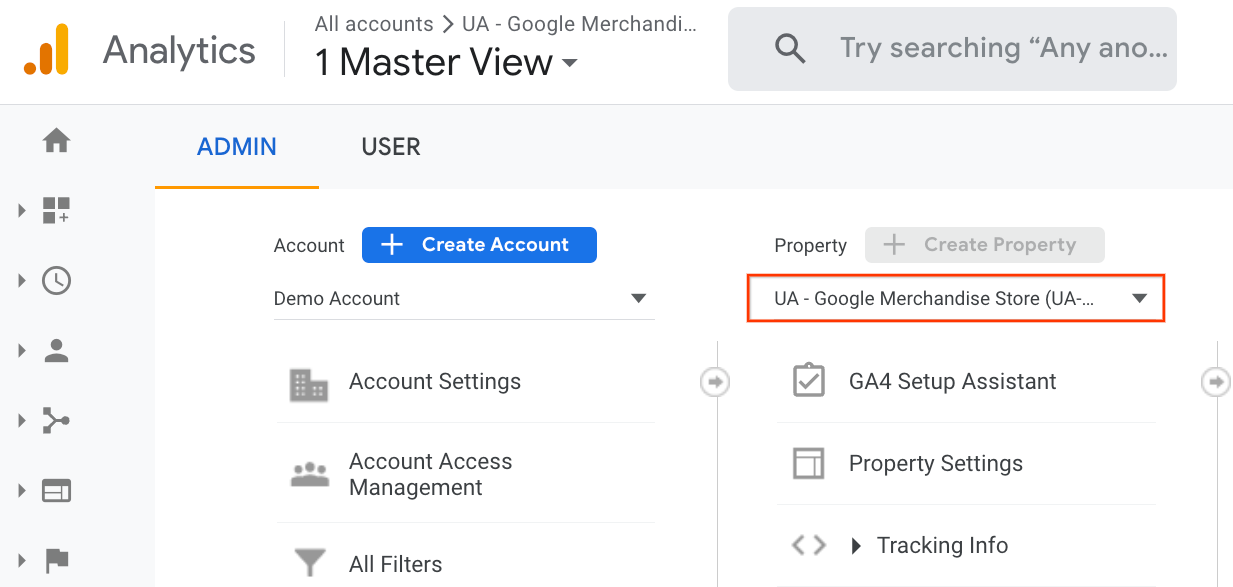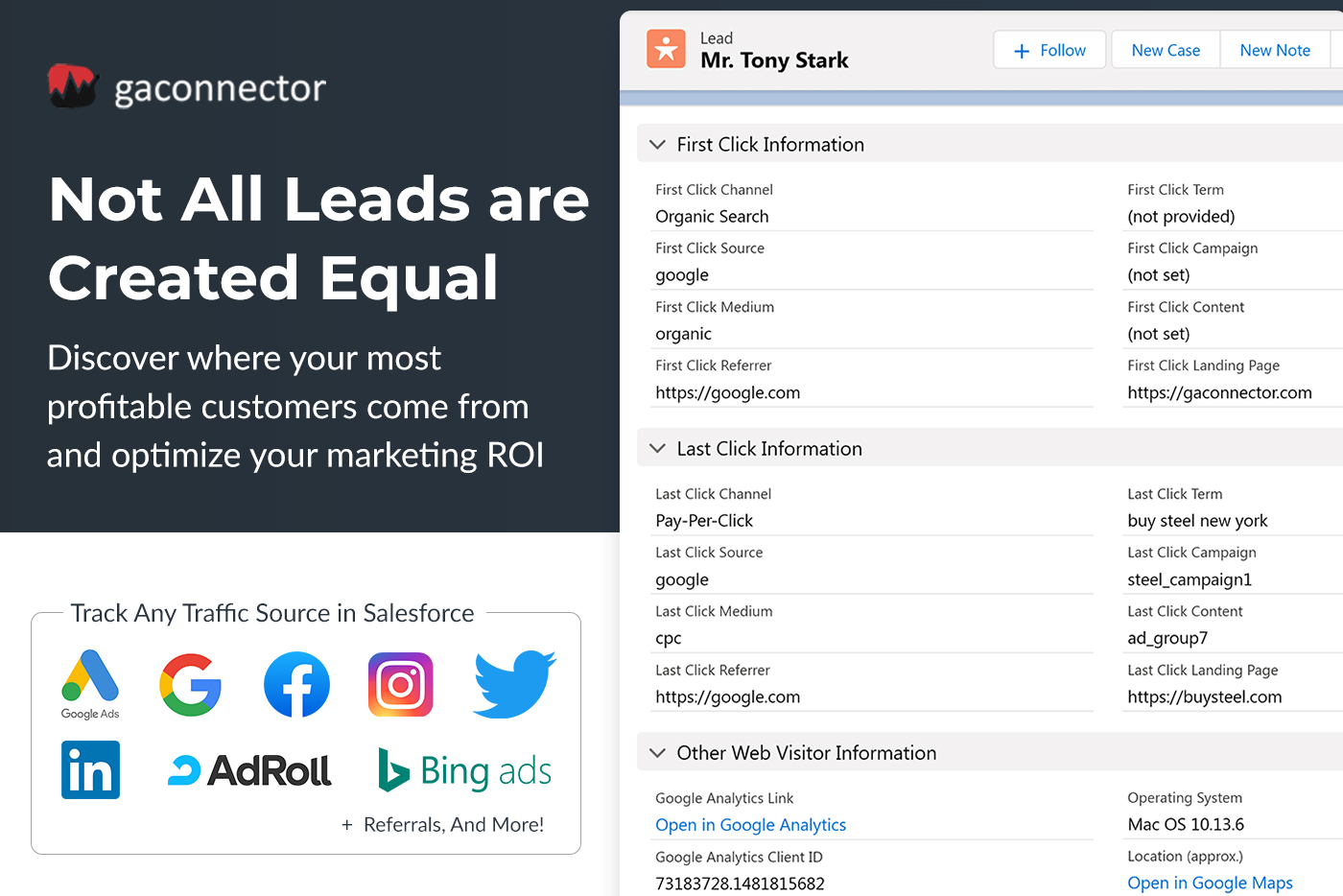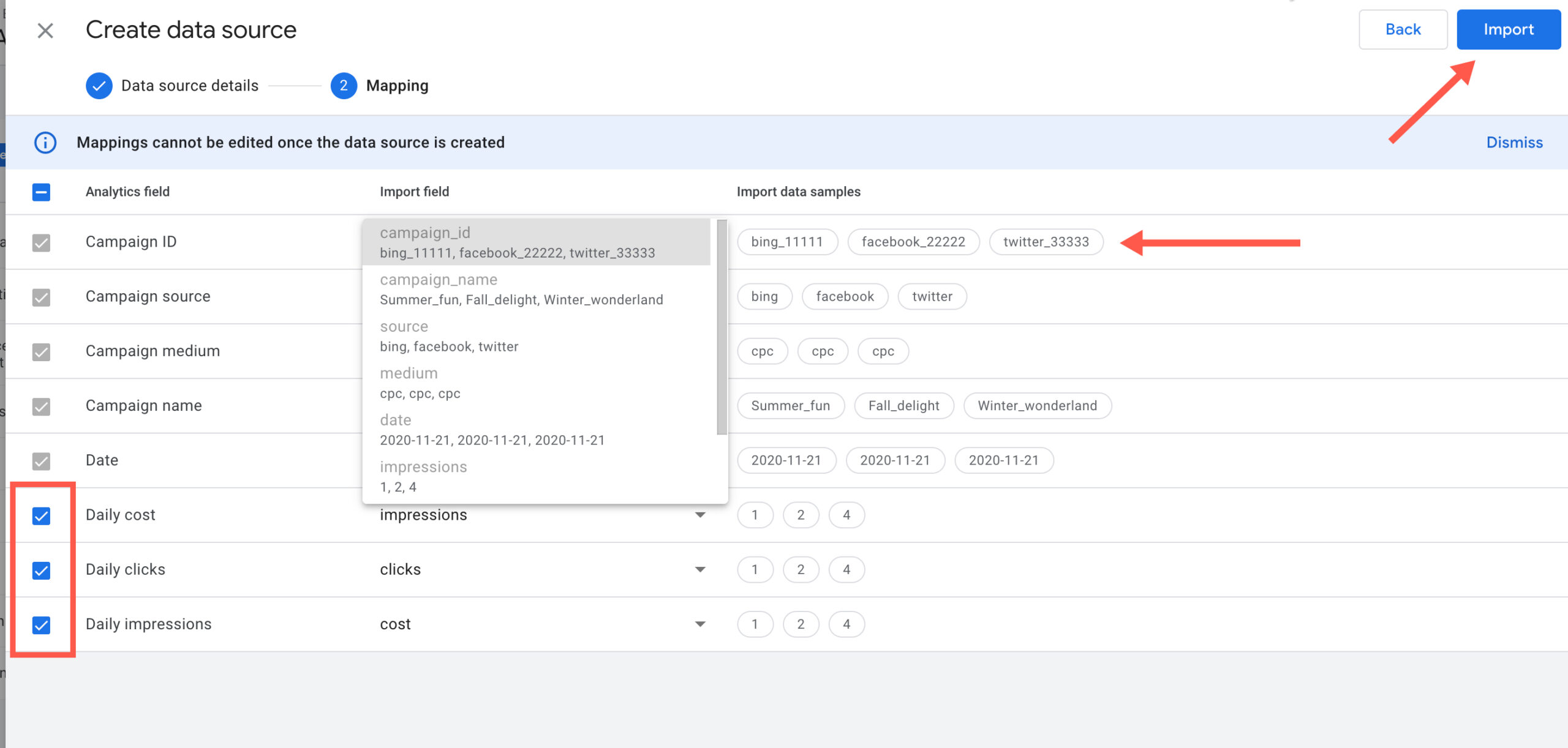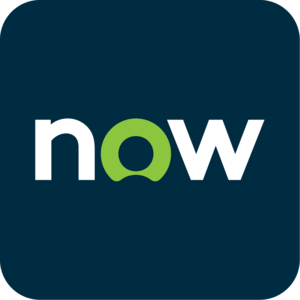Integration of Salesforce and Google Analytics
Updated on January 1, 2026
Salesforce and Google Analytics are two such tools that, on their own, offer incredible insights into your customer journey and sales processes. But when you combine them, their combined power can transform how you view and interact with your data, leading to more informed decisions, stronger customer relationships, and, ultimately, better business outcomes.
This blog will walk you through the perks of using Salesforce and Google Analytics individually, the immense benefits of integrating these two platforms, and how you can easily combine them. We’ll also explore how Cloud Consulting Inc. Inc. (CCI) can help you reveal the full potential of this integration.

Perks of Salesforce and GA4 on Their Own
Salesforce: Building Meaningful Customer Connections
Salesforce is more than just a CRM; it’s a hub where customer data comes together. It helps you manage relationships, track sales, automate tasks, and forecast future trends. With Salesforce, you get a clear view of your customers, which allows you to create personalized experiences that resonate with them.
Imagine knowing exactly where each customer is in their journey, their needs, and how best to meet those needs. Salesforce provides this clarity, making it easier to nurture leads and close deals. It’s about building connections beyond transactions and creating long-term loyalty and satisfaction.
Google Analytics 4 (GA4): Understanding User Behavior
Google Analytics 4 (GA4) is a powerful tool for understanding how users interact with your website or app. It tracks everything from page views to user engagement, giving you a comprehensive view of how people use your digital platforms. With GA4, you can see where your traffic is coming from, what content is resonating, and where users are dropping off.
One of GA4’s standout features is its ability to track customer journeys across devices and platforms. This helps you understand what users are doing and why they are doing it. This level of insight is crucial for improving your marketing strategies and user experience.
EXPLORE OUR SALESFORCE IMPLEMENTATION SERVICES
Benefits of Salesforce and Google Analytics Integration
A Unified View of the Customer Journey
When you integrate Salesforce with Google Analytics, you bridge the gap between your sales and marketing data. This integration lets you see the complete picture of your customer’s journey, from their first interaction with your website to their latest purchase. Connecting these dots, you can understand how different marketing channels and touchpoints contribute to conversions.
For example, you can see how a specific marketing campaign increases website engagement, which results in more sales. This kind of insight helps you allocate your resources more effectively, ensuring you’re investing in the strategies that deliver the best results.
Improved Lead Scoring and Targeting
With Salesforce and GA4 working together, your lead scoring becomes more accurate. You can combine behavioral data from Google Analytics with CRM data from Salesforce to identify which leads are most likely to convert. This means you can prioritize high-quality leads and focus your efforts on those more likely to purchase.
Furthermore, this integration allows you to target your audience more effectively. By understanding which customer segments are responding to your marketing efforts, you can customize your campaigns to resonate with those specific groups, increasing the chances of conversion.
Enhanced Reporting and Insights
Integrating Salesforce with Google Analytics also enhances your reporting capabilities. You can create reports that combine data from both platforms, giving you a more complete view of your performance. For instance, you can track how many leads generated from a particular campaign went on to become paying customers and which marketing channels contributed most to those conversions.
These insights can inform your future marketing strategies, helping you focus on the best tactics. Instead of relying on guesswork, you can make data-driven decisions, leading to better business outcomes.
Personalized Customer Experiences
One of the most significant benefits of this integration is the ability to deliver more personalized experiences to your customers. By combining Salesforce’s customer data with GA4’s behavioral data, you can better understand what your customers want and how they interact with your brand.
This allows you to create targeted, personalized campaigns that speak directly to your customers’ needs and preferences. Whether it’s through personalized email marketing, targeted ads, or customized web experiences, this level of personalization can lead to higher engagement and conversion rates.
How to Integrate Salesforce Data into Google Analytics
Integrating Salesforce data into Google Analytics might seem daunting, but it’s more straightforward than you might think. Here’s a step-by-step guide to help you through the process:
-
Set Up Google Analytics 4 (GA4)
If you haven’t already, setting up GA4 for your website or app is the first step. This involves creating a GA4 property in your Google Analytics account and setting up tracking codes on your site.
-
Link Salesforce and GA4
The next step is to link your Salesforce and GA4 accounts. Depending on your specific needs, this can be done using various tools and connectors. One popular option is using a third-party connector like GA Connector, simplifying the integration process.
-
Map Your Data
Once your accounts are linked, you must map your data fields between Salesforce and GA4. This involves deciding which data from Salesforce you want to import into GA4 and how it will be used. Standard data fields to map include lead and opportunity data, campaign data, and customer behavior data.
-
Set Up Goals and Events
After mapping your data, you’ll want to set up goals and events in GA4 to track your users’ critical actions. For example, you might set up a goal to track when a user submits a lead form on your website or an event to track when a user clicks on a specific link.
-
Test and Monitor
Before fully implementing the integration, it is essential to test everything to ensure it works correctly. This involves running test data through the system and monitoring your reports to ensure the data is captured accurately.
-
Optimize and refine
Once the integration is live, you can use the data to inform your marketing and sales strategies. This may involve refining your goals and events, adjusting your lead scoring model, or optimizing your campaigns based on the insights you gain.
Role Played by CCI in Integrating Salesforce and GA4
Our team at CCI brings together deep expertise in both Salesforce and Google Analytics, ensuring that your integration is technically sound and strategically aligned with your business goals. From setting up GA4 and configuring your Salesforce data to mapping out the key metrics that matter most to your business, we’re with you every step.
But our support doesn’t end with the integration. At CCI, we’re committed to helping you make sense of the data and use it to drive meaningful results. We provide ongoing guidance and insights to help you continuously optimize your strategies. We want to see you succeed and do whatever it takes to help you get there.
Let us take the complexity out of your data integration so you can focus on what you do best—building a thriving business and creating lasting connections with your customers. At CCI, we’re here to guide you, support you, and celebrate your successes every step of the way.
Conclusion
Integrating Salesforce with Google Analytics is a powerful way to gain deeper insights into your customer journey and improve your marketing and sales efforts. By combining the strengths of these two platforms, you can see the complete picture of how your customers interact with your brand and use that information to make smarter, more informed decisions.
The integration process might seem complex, but it can be a smooth and rewarding experience with the right guidance and support. At CCI, we’re committed to helping you navigate this process and achieve the best possible results for your business.
FAQs: Integration of Salesforce and Google Analytics
1. What is the primary benefit of integrating Salesforce with Google Analytics?
The primary benefit is gaining a unified view of the customer journey. By combining data from Salesforce and Google Analytics, you can see how your marketing efforts drive sales and which strategies are most effective.
2. Is it difficult to integrate Salesforce with GA4?
While the process can be complex, it’s manageable with the right tools and guidance. Platforms like GA Connector and support from experts like CCI can make the integration process much more manageable.
3. How does this integration improve lead scoring?
You can create a more accurate lead-scoring model by combining behavioral data from Google Analytics with CRM data from Salesforce. This allows you to prioritize high-quality leads and target them more effectively.
4. Can I use this integration to personalize my marketing efforts?
The integration allows you to create more personalized marketing campaigns by combining customer data from Salesforce with behavioral data from Google Analytics. This helps you tailor your messaging to resonate with specific customer segments.
5. What role does CCI play in the integration process?
CCI provides personalized support throughout the integration process. We help you set up GA4, map your Salesforce data, and optimize your reporting and marketing strategies. We ensure you get the most out of your Salesforce and GA4 integration.









